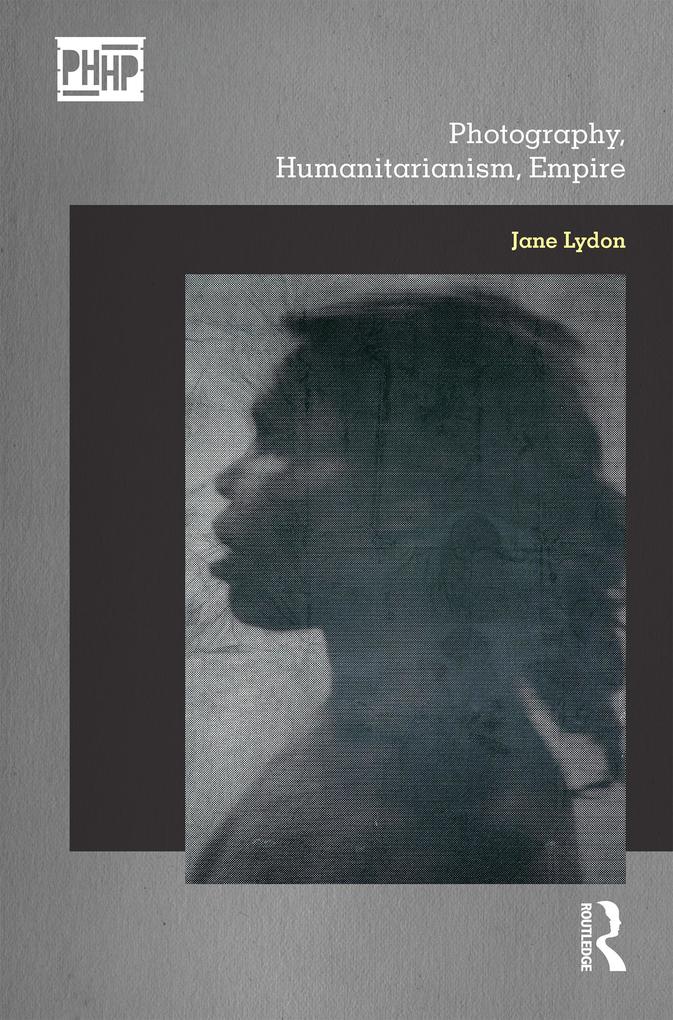With their power to create a sense of proximity and empathy, photographs have long been a crucial means of exchanging ideas between people across the globe; this book explores the role of photography in shaping ideas about race and difference from the 1840s to the 1948 Declaration of Human Rights
Inhaltsverzeichnis
1. Introduction: Photography, Humanitarianism, Empire2. One Blood: The Nucleus of the Native Church3. Veritable Apollos: Beauty, Race and Scientists4. Blind Spots or Bearing Witness: Antislavery and Frontier Violence in Australia5. Popularizing Anthropology: Elsie Masson and Baldwin Spencer6. 'A Ray of Special Resemblance': H. G. Wells and Colonial Embarrassment 7. Happy Families?: UNESCO's Human Rights Exhibition in Australia, 1951NotesBibliographyIndex
